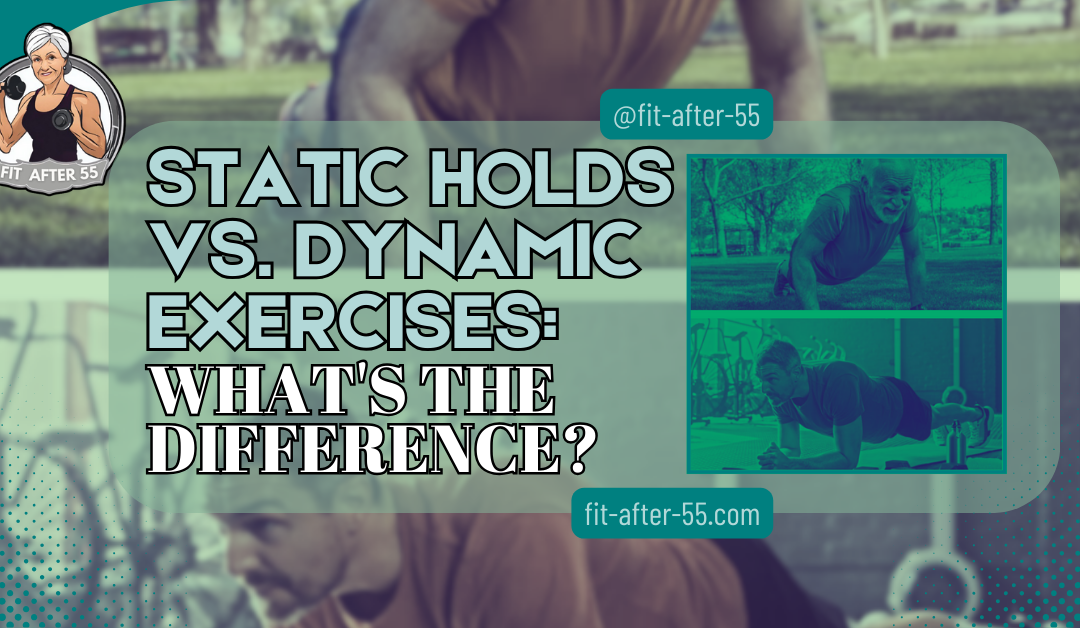Static holds vs. dynamic exercises offer unique advantages that can transform your fitness journey. Understanding how these two methods differ is crucial for optimizing your workout routine. Static holds involve maintaining a position under tension, which enhances muscle endurance, stability, and strength without movement. On the other hand, dynamic exercises involve continuous movement and are excellent for building cardiovascular fitness, coordination, and muscle power. By exploring these distinctions, you’ll gain insights into how each type of exercise can contribute to a more balanced and effective fitness regimen.
This article will delve into the specifics of static holds vs. dynamic exercises, examining how they impact muscle growth, endurance, and overall performance. We’ll discuss the benefits and limitations of each approach and guide you in integrating them into your workout routine. Whether you’re seeking to break through a training plateau or add variety to your exercises, understanding these differences will help you make informed decisions to achieve your fitness goals.
Static Holds Vs. Dynamic Exercises: What’s the Difference? Exploring Key Contrasts in Strength Training

Workout routines come in many forms, with static holds vs. dynamic exercises being two common types. These methods differ in how they work your muscles and affect your body.
Static holds involve keeping your body still in one position. You might hold a plank or stay in a squat for a set time. Dynamic exercises use movement. These include push-ups, lunges, or jumping jacks. Static holds to build strength and stability, while dynamic exercises improve flexibility and burn more calories.
Both types of exercise have their place in a well-rounded fitness plan. Your goals and fitness level will help you decide which to use more often. Mixing both can give you the best results for overall health and strength.
Key Takeaways
- Static holds involve maintaining a position to enhance muscle endurance and stability, while dynamic exercises use movement to improve cardiovascular fitness and coordination.
- Static holds are ideal for building strength and stability, whereas dynamic exercises increase flexibility and burn more calories.
- Dynamic exercises generally burn more calories due to continuous movement, while static holds burn fewer calories but can significantly improve muscle endurance.
- Static holds put less stress on joints, making them suitable for those with joint issues, whereas dynamic exercises improve joint flexibility but may require careful execution to avoid strain.
- Combining static holds and dynamic exercises in your routine can offer a balanced approach, addressing different fitness needs such as strength, stability, and cardiovascular health.
Defining Static Holds and Dynamic Exercises
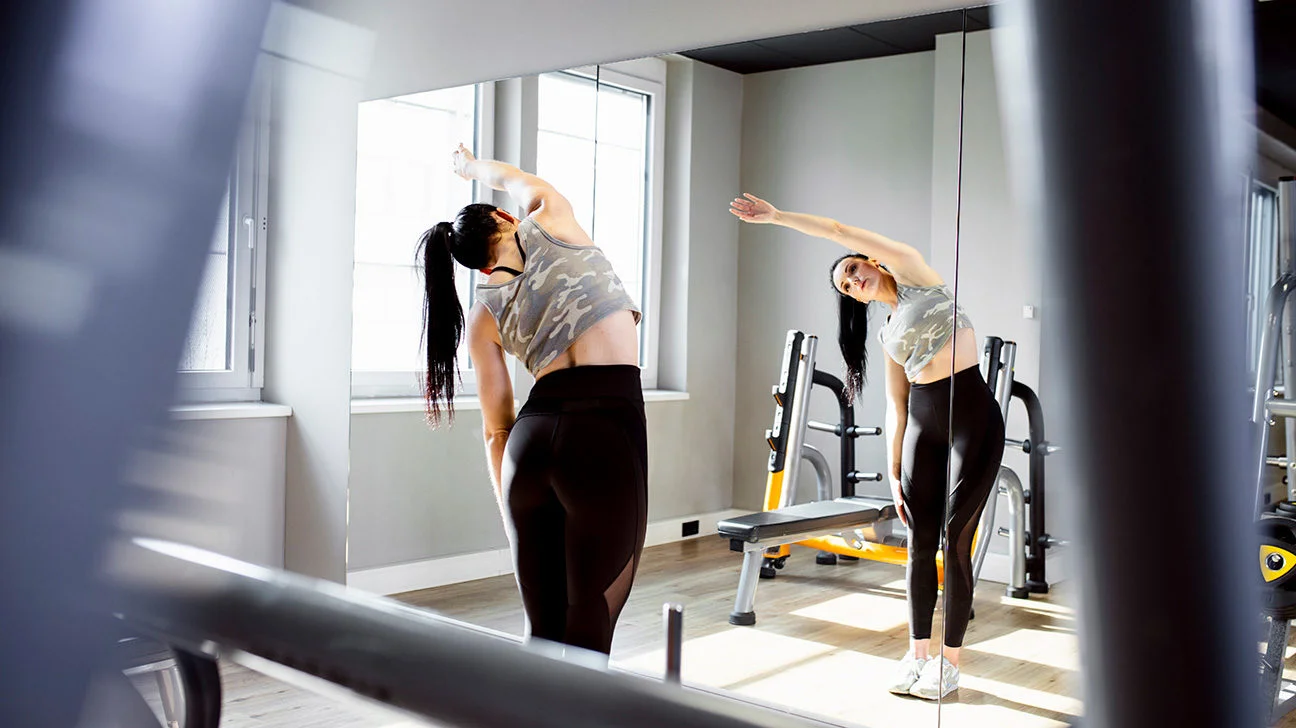
Static holds and dynamic exercises are two different types of movements in fitness. To understand static holds vs. dynamic exercises, breaking down what each one means is essential. Static holds involve keeping your body or a specific muscle group in one position without moving, creating tension by holding still. A good example is a plank hold, where you stay in one spot.
Dynamic exercises, in contrast, involve movement and can enhance cardiovascular fitness and coordination. This includes movement. Your muscles contract and relax as you go through a range of motion. Squats and push-ups are joint dynamic exercises. Here’s a quick comparison:
Static Holds:
- No movement
- Constant muscle tension
- Focus on endurance and stability.
Dynamic Exercises:
- Involve movement
- Muscles contract and relax.
Both types of exercises can be part of a good workout plan. Static holds can improve your form and help you get stronger in certain positions. Dynamic exercises are great for building overall strength and fitness.
Use static holds to work on your core stability or to perfect your form. Dynamic exercises are helpful for everyday movements and sports.
Benefits of Static Holds
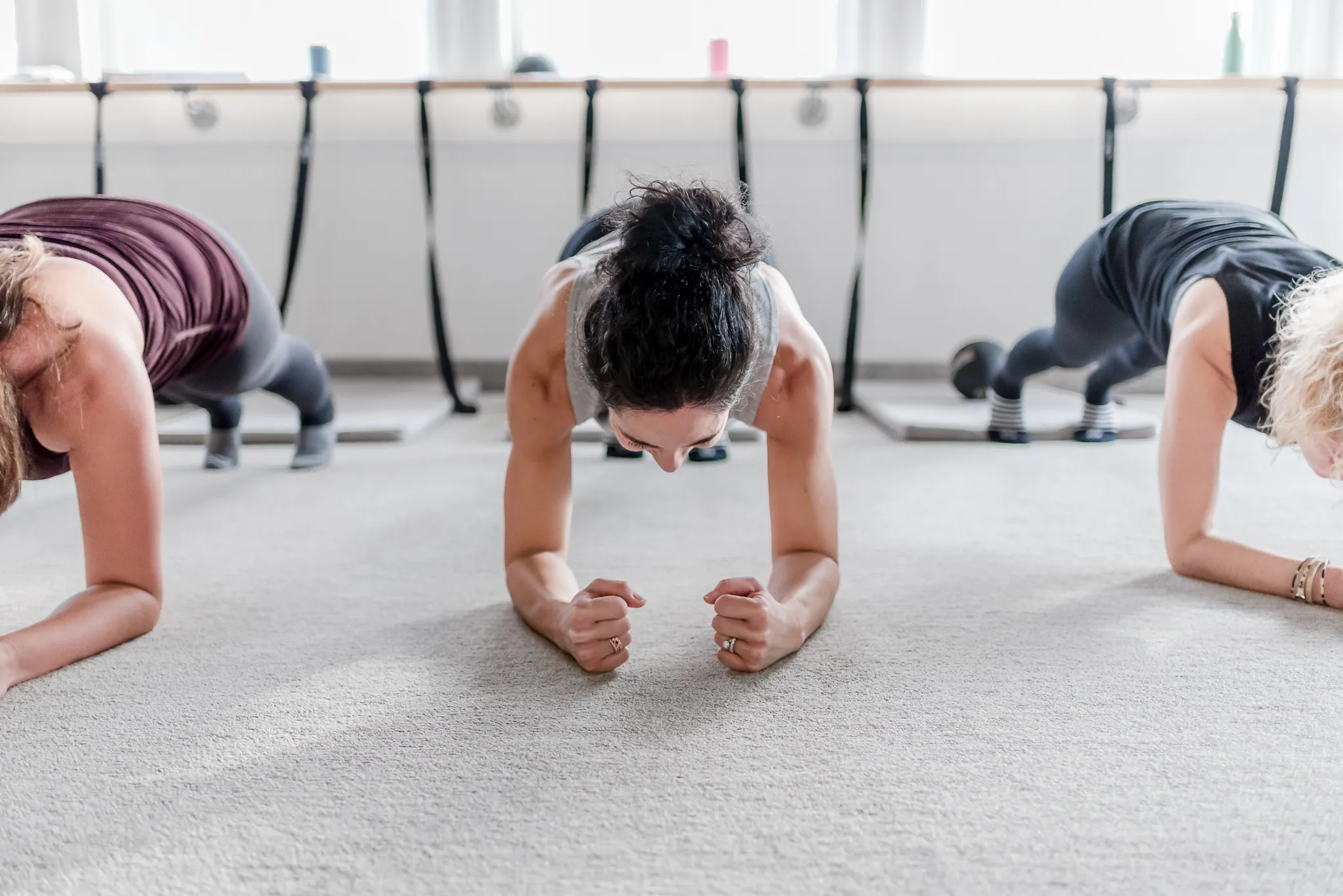
Static holds offer unique advantages for strength training and physical fitness. When comparing static holds vs. dynamic exercises, these static exercises can help you improve several aspects of your physical performance.
Enhancing Muscular Endurance
Static holds work wonders for building muscular endurance. When you have a position for an extended time, your muscles stay under constant tension. This challenges your muscles in a different way than typical dynamic exercises.
You’ll notice improvements in how long you can maintain challenging positions. This increased endurance can help in many daily activities and sports. Static holds also boost your mental toughness. Holding a problematic position tests your willpower and focus. You’ll find it easier to push through discomfort and maintain good form as you practice.
Improving Balance and Stability
Static holds are great for enhancing your balance and stability. Many static exercises require you to maintain a steady position against gravity or external forces. This type of training strengthens your core muscles. A strong core is key for better balance in everyday life and sports.
Static holds also improve your proprioception – your body’s awareness of its position in space. This can help prevent falls and injuries. Exercises like planks or wall sits challenge your stability muscles. These muscles are often overlooked in traditional workouts but are crucial for overall fitness.
Targeting Specific Muscle Groups
Static holds allow you to focus on particular muscle groups. You can isolate and strengthen specific areas that might be weak or underdeveloped. For example, a chin-up hold targets your biceps and back muscles. A squat hold works your legs and core. By holding these positions, you create prolonged tension in the target muscles.
This focused approach can help correct muscle imbalances. It’s also helpful for rehabilitation after injuries. Static holds can be easily modified to suit different fitness levels. You can adjust the duration or difficulty of the hold to match your current abilities and goals.
Benefits of Dynamic Exercises

Dynamic exercises offer many advantages for your fitness and health. They can improve your heart health, help you move in daily life, and increase your body’s ability to bend and stretch. However, it’s also worth considering static holds vs. dynamic exercises, as both have unique benefits that can complement each other in a balanced fitness routine.
Boosting Cardiovascular Health
Dynamic exercises get your heart pumping faster. This helps make your heart stronger over time. When you do exercises like jumping or squatting, your body needs more oxygen. Your heart works harder to supply this oxygen. Regular dynamic workouts can lower your risk of heart disease.
They also help control blood pressure and improve cholesterol levels. Your stamina will increase, letting you do more without getting tired. Try adding some dynamic moves to your routine. Jumping jacks, burpees, or running in place are good options. Start with short bursts and slowly increase your time.
Promoting Functional Movement
Dynamic exercises mimic real-life movements. This helps you perform daily tasks more efficiently. You’re training your body for everyday actions when you do lunges or arm circles. These exercises work for multiple muscle groups at once.
This improves your balance and coordination. You’ll find it easier to climb stairs or carry groceries. Dynamic training also builds core strength. A strong core helps with posture and reduces back pain. Try exercises like mountain climbers or Russian twists to target your core.
Increasing Flexibility and Range of Motion
Dynamic exercises can make your body more flexible. They involve moving your joints through their full range. This helps keep your muscles, joints, and limbs loose. Dynamic movements like leg swings or arm circles warm up your muscles. This makes them more pliable and less likely to get injured.
You’ll be able to reach, bend, and twist more easily. Regular practice can improve your overall mobility. This is especially helpful as you age. Try adding dynamic stretches to your warm-up routine. Arm circles, leg swings, and torso twists are good options.
Did You Know?
The heart rate typically rises more during dynamic exercises compared to static exercises. This is because movement and increased energy usage lead to a higher heart rate. In contrast, static exercises generally cause a smaller increase in heart rate since the body does not require as much oxygen when at rest.
Check out this video on Static vs. Dynamic Stretching and which one is better.
By: E3 Rehab
Comparative Analysis
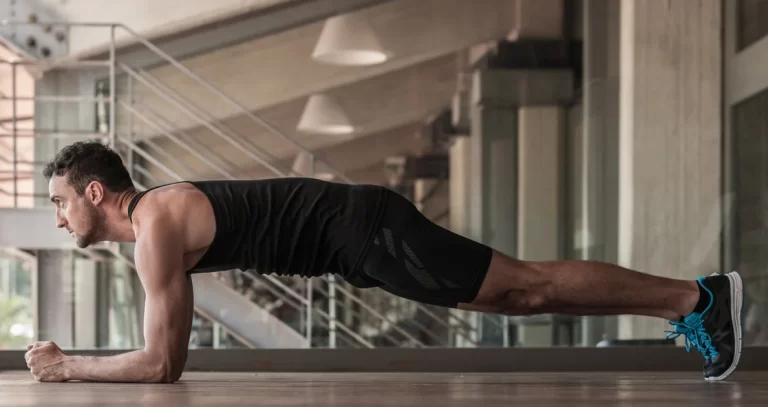
Static holds and dynamic exercises differ in how they work muscles, affect joints, and burn energy. Understanding static holds vs. dynamic exercises is crucial, as these differences impact their roles in fitness routines.
Variations in Muscle Activation
Static holds engage muscles without movement. They increase muscular strength and endurance by keeping muscles under constant tension. For example, a plank activates your core muscles continuously. Dynamic exercises involve movement through a range of motion. They work muscles in different ways at different points.
A squat, for instance, changes which leg muscles are most active as you move up and down. Both types can build strength, but dynamic exercises often engage more muscle groups. They also improve coordination and functional fitness for daily activities.
Impact on Joint Health
Static holds put less stress on your joints. They don’t involve repeated movement, which can be easier on sensitive joints. This makes them useful for people with joint issues or injuries. Dynamic exercises move joints through their full range.
This can improve flexibility and joint health when done correctly. But it also means more potential for strain if not performed correctly. Your choice between static and dynamic exercises should consider your joint health and fitness goals. A mix of both often provides the best balance for joint care and overall fitness.
Differences in Energy Expenditure
Dynamic exercises generally burn more calories. They involve more movement and often use larger muscle groups. A dynamic, progressive training routine can significantly boost your metabolism. Static holds still burn calories, but usually less than dynamic moves.
They can be intense, especially for beginners, but don’t raise your heart rate as much as dynamic exercises. For weight loss or cardiovascular health, dynamic exercises are often more effective. Static holds can play a role in building endurance and burning calories during longer holds.
Incorporating Static Holds and Dynamic Exercises into Your Routine
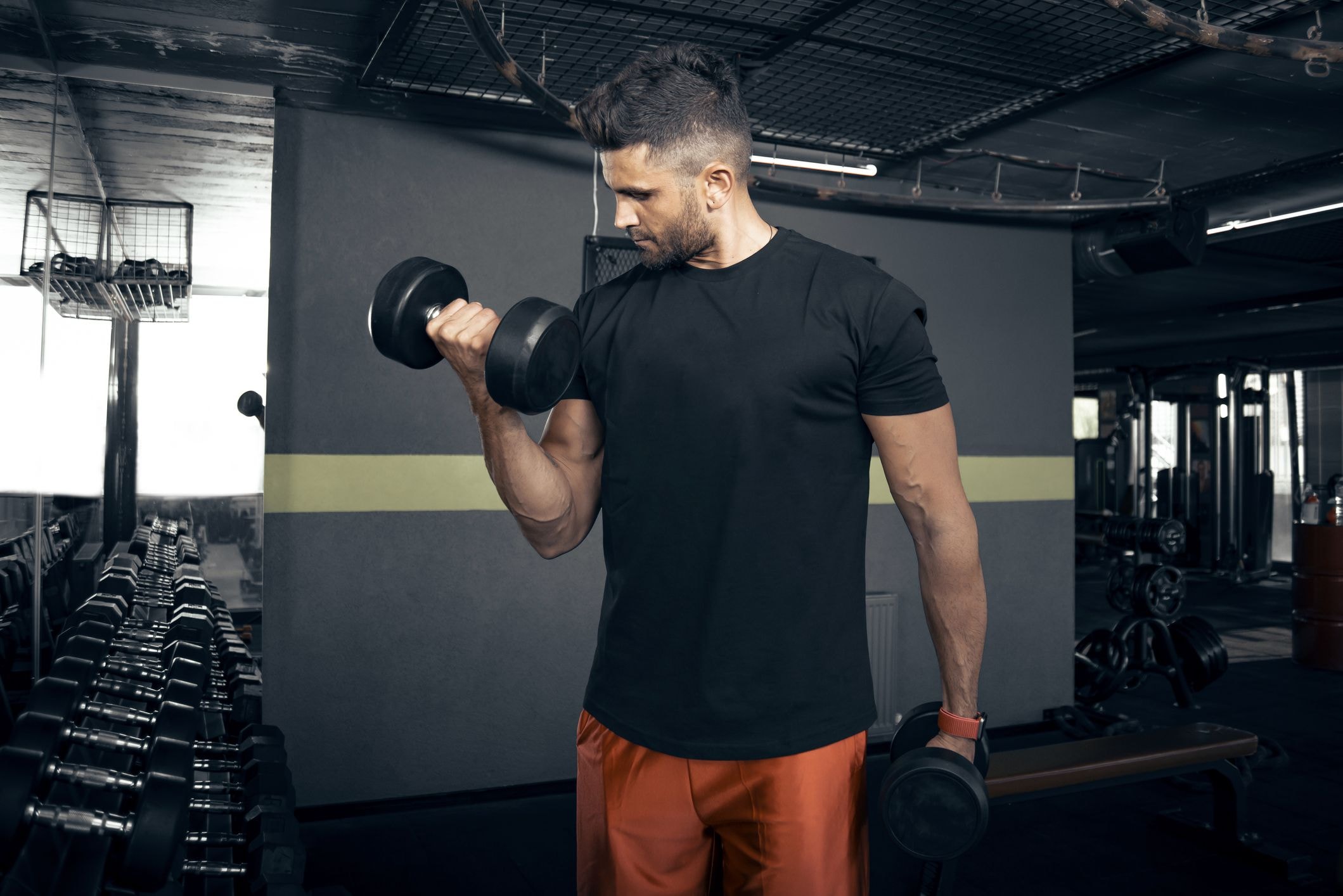
Combining static holds and dynamic exercises can boost your fitness results, especially when considering the benefits of static holds vs. dynamic exercises. A well-planned routine uses both movements to target muscles in different ways.
Creating a Balanced Workout Plan
Start by picking 2-3 static holds and 2-3 dynamic exercises for each muscle group. Aim to do static holds 2-3 times per week. Hold each position for 30-60 seconds. For dynamic exercises, do 3 sets of 8-12 reps.
Mix up your routine by doing static holds first on some days and dynamic moves first on others. Remember to warm up before your workout. This helps prevent injury and gets your body ready for exercise.
Static and Dynamic Exercise Pairings
Try these pairings to work the same muscles in different ways:
- Legs: Wall sit (static) + Squats (dynamic)
- Core: Plank hold (static) + Crunches (dynamic)
- Arms: Isometric bicep hold (static) + Bicep curls (dynamic)
Switching between static and dynamic moves keeps your workout fun and helps build strength in new ways. Start with lighter weights or shorter hold times. Build up as you get stronger. Listen to your body and take rest days when needed. This gives your muscles time to recover and grow stronger.
Safety Considerations and Best Practices

Exercise safety is crucial for preventing injuries and getting the most out of your workouts. Understanding the differences between static holds vs. dynamic exercises can help you choose the right approach for your fitness goals. Proper form, technique, and knowing when to modify exercises are key to a safe and effective fitness routine.
Avoiding Common Injuries
Dynamic stretching before workouts can help prevent injuries. Start with lighter weights or more accessible variations to warm up your muscles. Listen to your body and stop if you feel sharp pain. Gradual progression is safer than pushing too hard too fast.
Stay hydrated and fuel your body properly. Dehydration and low energy can lead to poor form and injuries. Use proper equipment and work in a safe environment. Make sure weights are secure and floors are not slippery.
Proper Form and Technique
Focus on proper form for both static holds and dynamic exercises. Keep your core engaged and maintain good posture.
For static holds:
- Breathe steadily
- Hold the position without shaking.
- Keep joints slightly bent to avoid locking.
For dynamic exercises:
- Control the movement
- Use a full range of motion.
- Avoid jerky or ballistic movements.
Ask a trainer or use mirrors to check your form. Video yourself to spot areas for improvement.
When to Modify or Avoid Certain Exercises
If you have injuries or health conditions, consult a doctor or physical therapist before starting a new routine. They can suggest safe alternatives.
- Modify exercises if you feel pain or discomfort. Use lighter weights, reduce the range of motion, or try a different variation.
- Avoid exercises that aggravate existing injuries. For example, if you have knee pain, you might skip deep squats.
- Pregnant women should avoid lying flat on their backs after the first trimester. They should also be careful with balance exercises.
- As you age, you may need to switch from high-impact to low-impact exercises to protect your joints.
Static Holds Vs. Dynamic Exercises: Sample Workouts and Demonstrations
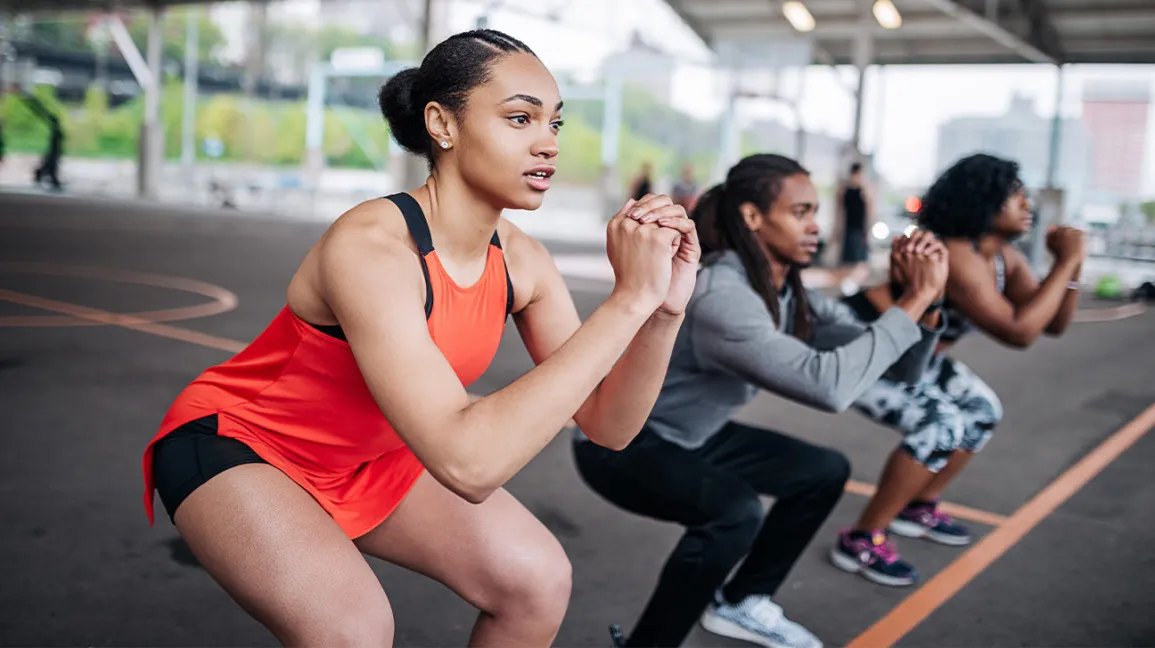
Here are some examples of static holds and dynamic exercises you can try:
Static Holds:
- Plank Hold: Keep your body straight and hold for 30-60 seconds
- Wall Sit: Lean against a wall with knees bent at 90 degrees for 30-60 seconds
- Single-leg Balance: Stand on one leg for 30 seconds
Dynamic Exercises:
- Squats: 3 sets of 10-15 reps
- Push-ups: 3 sets of 8-12 reps
- Lunges: 3 sets of 10 reps per leg
To create a balanced workout, try combining both types:
- Start with 30 seconds of plank hold
- Do 10 squats
- Hold a wall and sit for 30 seconds
- Perform 10 push-ups
- Balance on one leg for 30 seconds
- Complete 10 lunges
Repeat this circuit 2-3 times for a full-body workout. As you get stronger, increase the hold times for static exercises and add more reps or weight to dynamic moves.
Remember to focus on proper form throughout each exercise. For static holds, maintain a steady position without shaking. In dynamic exercises, control your movements and use your entire range of motion.
Watch this video on Dynamic vs. Static Training and discover why you need both.
By: frankfitme
Balancing Fitness: The Benefits of Static Holds vs. Dynamic Exercises
Understanding the key differences between static holds vs. dynamic exercises can significantly enhance a fitness regimen. Static holds substantially benefit muscle endurance, stability, and strength through sustained tension without movement. Conversely, dynamic exercises involve continuous motion that boosts cardiovascular fitness, coordination, and muscle power. Integrating both methods into a balanced workout routine allows individuals to address various aspects of physical fitness, from strength and stability to flexibility and cardiovascular health.
By exploring the unique advantages of static holds vs. dynamic exercises, individuals can make informed decisions to tailor their workouts effectively. Static holds can improve posture and stability, while dynamic exercises are excellent for body conditioning. This approach helps achieve fitness goals and ensures a well-rounded and dynamic exercise regimen that addresses different physical needs and preferences.
Frequently Asked Questions
What Are the Key Differences Between Static and Dynamic Exercises?
Static exercises involve holding a position without moving. Dynamic exercises use motion and repeated movements. Static holds focus on muscle tension, while dynamic exercises work muscles through a range of motion.
Can You Provide Examples of Static and Dynamic Exercises?
A plank is a classic static exercise. You hold your body still in one position. Squat jumps are dynamic exercises. They involve moving your body up and down quickly.
How Do Static Holds Compare to Dynamic Exercises in Terms of Physiological Effects?
Static holds build strength and endurance in specific muscle groups. They can improve your ability to hold positions for longer. Dynamic exercises often burn more calories. They also help improve coordination and balance.
What Are the Benefits Associated With Static Exercise?
Static exercises can boost muscle strength and endurance. They’re great for improving posture and stability. Static holds may help measure your progress in strength training. You can track how long you have a position or how much weight you use.
Is Static or Dynamic Stretching More Effective for Improving Flexibility?
Dynamic stretching is often better before workouts. It warms up your muscles and improves your range of motion. Static stretching is good for cooling down after exercise. It can help lengthen muscles and improve overall flexibility.
Stay Active and Vibrant: Join the Fit After 55 Community!
Discover a wealth of fitness inspiration at Fit After 55!
Visit our website (https://www.vitalityseniorliving.com/resources_for_senior/staying-fit-at-55/) for engaging articles, expert advice, and product reviews tailored for seniors. Connect with our supportive Facebook community (https://www.facebook.com/fitafter50dotcom/) and meet others committed to staying healthy and active.
Let’s embark on this fitness journey together and prove that age is just a number!

